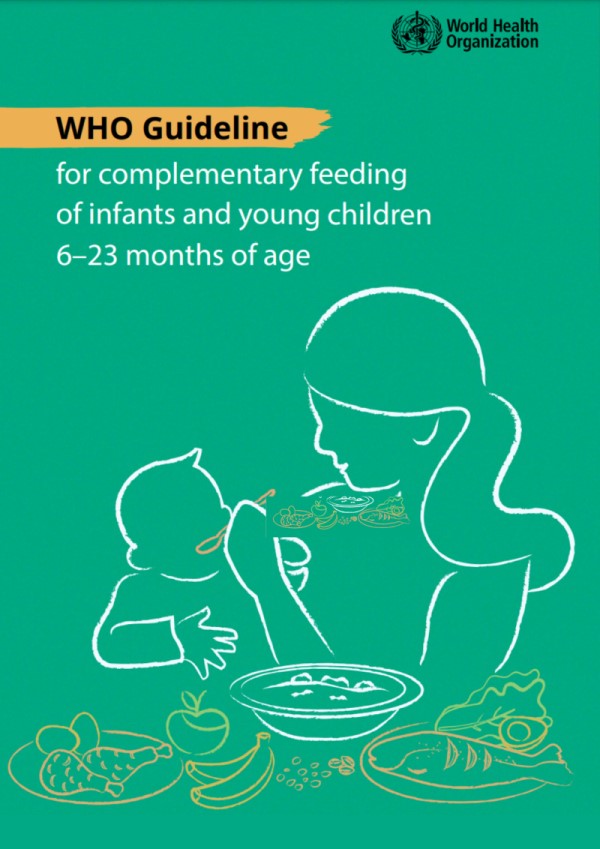WHO GUIDELINE FOR COMPLEMENTARY FEEDING OF INFANTS AND YOUNG CHILDREN 6-23 MONTHS OF AGE
12 October 2023 – WHO
_________
Complementary feeding, defined as the process of providing foods in addition to milk when breast milk or milk formula alone are no longer adequate to meet nutritional requirements, generally starts at age 6 months and continues until 23 months of age. This is a developmental period when it is critical for children to learn to accept healthy foods and beverages and establish long-term dietary patterns. It also coincides with the peak period for risk of growth faltering and nutrient deficiencies.
This guideline provides global, normative evidence-based recommendations on complementary feeding of infants and young children 6-23 months of age living in low, middle- and high-income countries. It considers the needs of both breastfed and non-breastfed children. The guideline supersedes the earlier Guiding Principles for Complementary Feeding of the Breastfed Child and Guiding principles for feeding non-breastfed children 6-24 months of age.
The recommendations in the guideline are intended for a wide audience, including policy-makers, and technical and programme staff at government institutions and organizations involved in the design, implementation and scaling of programmes for infant and young child feeding. The guideline may also be used by caregivers, health-care professionals, clinicians, academic and research institutions, and training institutions.


